Why does coolant come in different colors? Can I fix them?
by Chris Lewis.
Many car owners don't think twice about coolant, much alone stress about what can happen if the improper coolant is ever used.
Contents
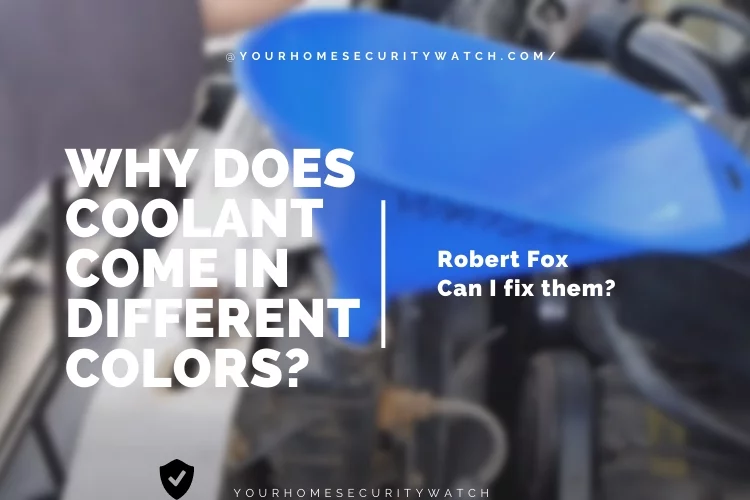
It's simply another liquid level to monitor when the car is serviced, and they can top it up themselves. The truth is that the engine coolant serves three critical functions:
1. Prevents rust and corrosion in engine and cooling system.
2. It decreases the cooling system's freezing point during the winter season.
3. It boosts the cooling system's boiling point during the hot summer months.
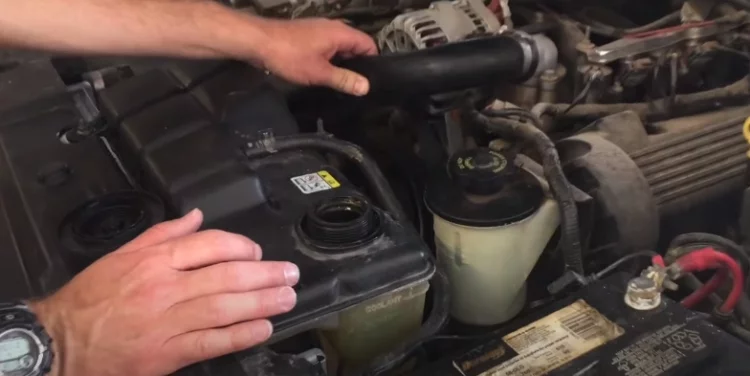
If your car's cooling system isn't topped up or replaced with the proper coolant, it might lead to pricey complications.
The Various Coolant Colors:
When an engine is run without coolant, it might sustain long-term damage, particularly during the winter. In the summertime, cooling may be produced with regular water in an emergency circumstance, but this is not suggested much further since it is simpler to boil over. Water also hardens (freezes) and grows in volume throughout the winter, which might damage your engine block, radiator, and heater components. This is why coolant is blended in the least 50/50 proportion with purified water. It reduces the coolant's freezing point, preventing it from freezing even in the harshest winter temperatures. In the summertime, the coolant acts as an anti-boiler and saves parts of the system against corrosion, this is particularly important with aluminium components.
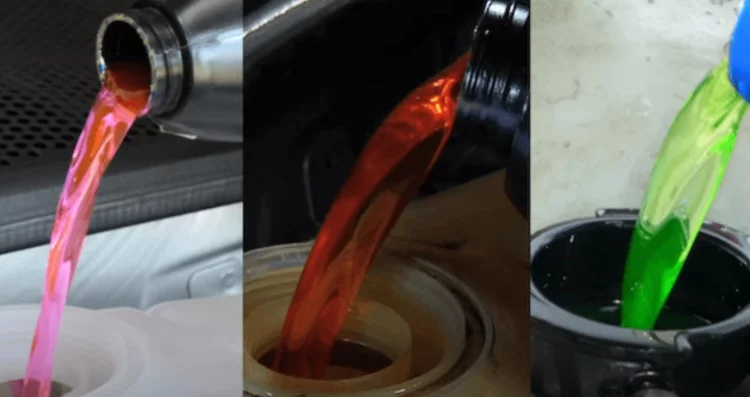
What are the advantages of using a coolant?
It has the function of assisting the engine in cooling down throughout the summer. It also keeps the engine from freezing in the cold.
Moreover, in addition to these well-known advantages, there is a few additional worth noting:
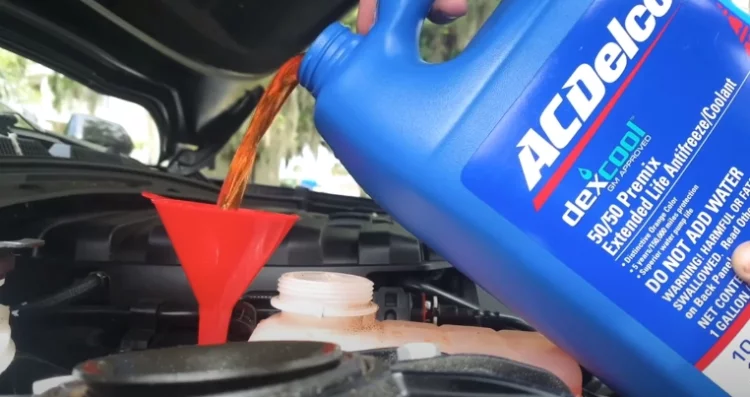
- Anti-corrosive. (The solution will neither attack nor damage the metals with which it comes into contact.)
- Stops deposit formation. (Stop limestone deposits and other related deposits from reducing the effectiveness of the cooling system).
- Anti-foam. (Coolant has unique ingredients that stop the foam from developing.) If foam forms, the effectiveness of the cooling system may be diminished.)
Why Is It Crucial to Use the Correct Coolant?
Cooling systems in earlier vehicles are often constructed of cast iron, brass and rubber components, thus coolant systems were essentially the same. Copper, steel, nylon, magnesium, silicon and aluminium alloys are used in today's cooling systems. The type of coolant needed varies depending on the model, year, engine, making, and country of production. Given the many elements at play, car owners must choose which type of coolant would be acceptable for their car.
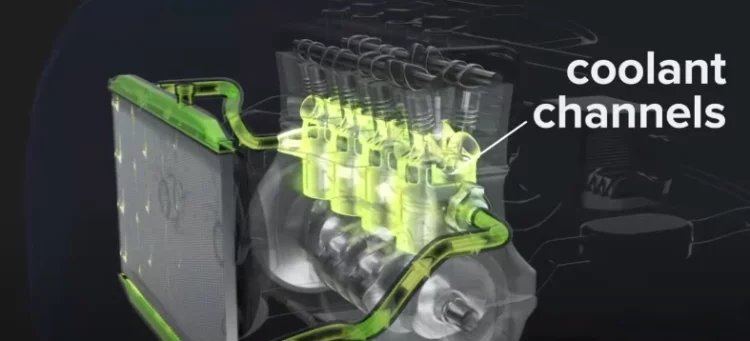
What tends to happen if the Wrong kind of Coolant Is Used?
Using the incorrect coolant or combining multiple kinds might impair the operation of the vehicle. It could also contribute to radiator rust. It's crucial to remember that color cannot precisely identify the sort of coolant you must be using. Using the incorrect coolant may cause corrosion as well as many other problems with the radiator, radiator hoses, cylinder gasket, water pump, and other components. Having your car serviced by a competent auto mechanic is the greatest method to guarantee you obtain the right coolant.
How many different kinds of cooling fluid are there?
Coolant comes in a variety of colors. This might be perplexing for those who are unfamiliar with the meanings of the various colors. We'll break it down for you so you can see why this fluid comes in so many different hues yellow, red, green, purple, orange, pink, turquoise, and blue are among the colors available.
Because a car may run almost any kind of coolant that is safe for aluminium, you should choose the type based on the level of safety you want (effectively preventing corrosion and protection the metals and aluminium components) and how often you want to clean your coolant system.
Coolants are classified into three types:
1. Inorganic Acid Technology (IAT)
During 1920 and 1990, it was widely utilized in cars manufactured in the United States.
This includes corrosion inhibitors such as silicates and phosphates to preserve metal components including the radiator and engine.
It is often seen in a vivid green tint and should be flushed out of the cooling system every 30,000 miles or every two years. It's commonly seen in old cars built before the mid-1990s.
2. Organic Acid Technology (OAT)
Organic Acid Technology coolant comes in a variety of colors, including orange, dark green, crimson, pink, blue, and bright red. It is found in modern cars all around the globe.
While your owner's manual specifies otherwise, Organic Additive Technology, as it is termed in some manuals, is the same as Organic Acid Technology. Both are classified as OAT antifreeze/coolant. To reduce corrosion, they employ carboxylic acids as an 'additive.'
These coolants do not include silicates or phosphates; however, OAT coolants do contain corrosion inhibitors, allowing them to last far longer. Special additives are employed to resist rust and corrosion; however, metal components may wear with time. It is advised that the cooling system be cleaned out every 135,000 miles or every ten years. While OAT coolants may be utilized in older models, it is important to consult the owner's handbook to ensure that they are safe and beneficial. (Typically found in Chrysler, General Motors, Volkswagen, Honda, Mitsubishi, Nissan, and Toyota)
3. Hybrid Organic Acid Technology (HOAT)
It is intended for new automobiles and is a hybrid of IAT and OAT coolants. This product includes silicates that preserve the aluminium and keep it from corroding. To prevent corrosion, additives are also included. HOAT coolants are available in a variety of hues including blue, turquoise, pink, yellow and purple.
It is advised that the system be cleaned out every 150,000 miles or 5 years. (Typically utilized by Major Asian, German, and European automakers, as well as certain Chrysler cars)
As a general rule, if your automobile was built with a specified coolant color, you should not alter it. OAT works well in systems designed for it, but it performs badly in old-style radiators that contain lead solder. It attacks and destroys the radiator from within and operates too slowly to shield the radiator from rust. This, though, does not happen overnight; it may take some time before your radiator is destroyed.
It is critical to note that conventional and OAT coolant types do not mix. Never combine them in your radiator unless it is expressly made to be used with other kinds since it might wind up harming your system in the long term.
Take note of the coolant system capacity as specified in your owner's handbook. It is critical to maintain an adequate coolant level. Using less than the system's specified capacity reduces efficiency and might lead to overheating.
Combining multiple coolants does not increase their effectiveness. For instance, adding OAT/HOAT to an IAT coolant does not extend the life of the IAT coolant; nevertheless, it negates the OAT/HOAT advantages and limits the combined concoction to a maximum of two years or fewer in certain circumstances. Some people think that integrating coolants in a radiator might cause coolant gelling in the wrong conditions.
How do you make your coolant?
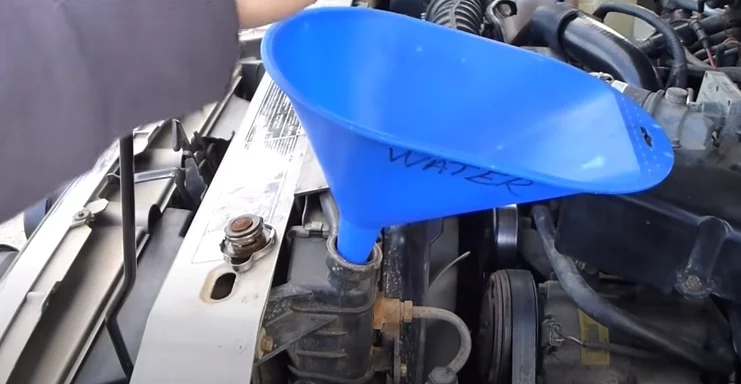
A Coolant is a concentrated solution that must be combined with water in a 50-50 ratio to operate unless it is indicated differently and has already been premixed for you. Even while current coolants may operate with today's chlorides and harshness levels in tap water, buyers are encouraged to make the mixture using distilled water to prevent corrosion levels.
Tap water includes ions such as magnesium, calcium, and hardness, which lead to scale and deposits in your radiator, reducing cooling effectiveness. It also includes chlorides, which may be quite caustic.
When combining coolant and distilled water, consider following the percentages on the container based on your needs. (For instance, if the winters are severe, most coolants suggest a mixture of 40 percent distilled water and 60 percent coolant.)
The best practices
When changing your coolant liquid, be sure you use the same color or that your vehicle is compatible with various hues (see owner's manual).
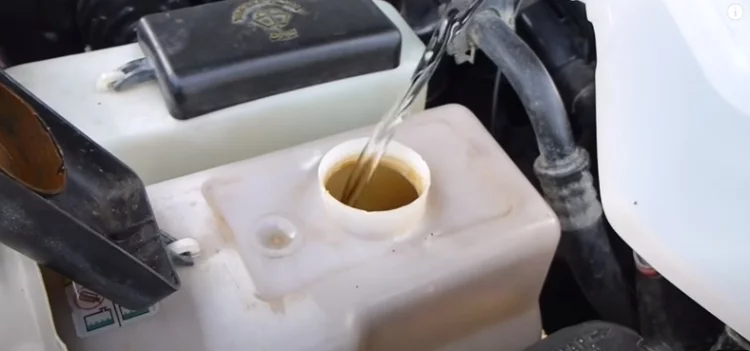
When replacing the coolant, it is advisable to empty it entirely before topping it up with water/distilled water, starting the engine and letting it circulate thoroughly before draining again.
This should be repeated 2-3 times for optimum effects. This aids in the evacuation of coolant from the deep areas, nooks, and crannies of your cooling system, as well as the dislocation of any old deposits that may have been collected.
 |
 |
 |
 |

About Chris Lewis.
Chris Lewis is a passionate individual with a deep affinity for the world of automobiles. From a tender age, his fascination with cars was nurtured by his father, a seasoned mechanic based in the vibrant city of San Francisco. Growing up under the watchful guidance of his skilled father, Chris developed an early aptitude for all things automotive.
Thoughts on "Why does coolant come in different colors? Can I fix them?"
 |
 |
 |
 |
Get FREE Filters now. Or latest free tools from our best collections.
Disable Ad block to get all the secrets. Once done, hit any button below
 |
 |
 |
 |